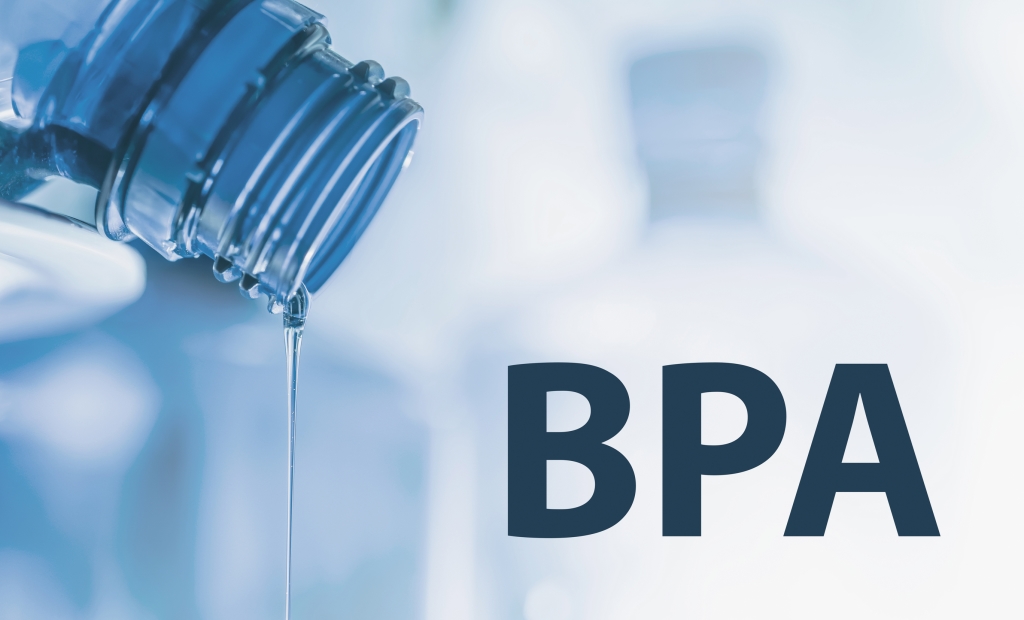BPA and its Effects on Plastic Drinkware


Most everyone knows BPA is unsafe for use in drinkware and plastic containers, but do we really know what it is and why it should be avoided? Let’s take a look at exactly what BPA is, its effects, and how to avoid it*.
Let me start by saying that at the Custom Drinkware Store, all of our plastic drinkware is BPA-free, so you don’t have to worry about it when ordering from us. BPA is found only in plastic drinkware, not glass, aluminum, or stainless steel, so you don’t have to worry about purchasing or using any of our products. Everything we sell is BPA-free and safe to use.
What is BPA?
BPA stands for bisphenol A, an industrial chemical which has been used to make certain plastics and resin since the 1950s. BPA is often used to make food containers, water bottles, and other drinkware in polycarbonate plastics and epoxy resins. Epoxy resins are used to coat the interior of metal products, such as food cans, bottle tops, and water supply lines.
BPA is considered dangerous, as when it is used to make plastic drinkware and containers, there is a possibility that it may leak into the food or beverage being consumed, and can cause potentially life-threatening diseases or unwanted health concerns.
Negative Effects of BPA Exposure
Research shows that BPA can seep into beverages and food from plastic containers, causing unhealthy effects for the user and their children. Health issues include problems associated with the brain, increased blood pressure, and disrupting hormone levels in infants and children. Possible health risks from the use of BPA products are numerous and include breast and prostate cancer, heart disease, diabetes, obesity, infertility, and miscarriages, just to name a few. It can also cause early puberty, brain and behavioral disorders such as attention-deficit/hyperactivity disorder, and more in fetuses, infants, and young children.
Information from the Food and Drug Administration (FDA) is conflicting, and while they once stated BPA in drinkware was dangerous, have now revised their statement to state that “BPA is safe at the very low levels that occur in some foods. This assessment is based on the review of hundreds of studies.” Many scientists and consumers believe that this may not be the case.
Minimizing your Exposure to BPA
If you are concerned about the negative effects of BPA, you can take some simple steps to reduce exposure:
- Look for BPA-free products. There are so many products on the market today, that it’s easy to find drinkware and food containers labeled as BPA-free. If you don’t see a label indicating that BPA is not used in a product isn’t labeled, you may want to avoid it. Keep in mind that some plastics marked with a recycle code 3 or 7 may contain BPA. To be on the safe side, only purchase products that are clearly labeled as BPA-free.
- Don’t Microwave food in plastic containers. If you can’t use BPA-free plastic containers in microwaves and dishwashers, use glass or ceramic containers to prepare your food. Otherwise, the heat may break them down over time, allowing BPA to leak into your food.
- Don’t use Plastic Drinkware. Instead, opt for glass or stainless-steel drinkware. If you do use plastic, make sure it is labeled BPA-free. Use glass baby bottles if you cannot be sure that they are BPA-free.
- Check your Children’s Toys. Ensure that your children are not playing with toys made with BPA. Kids are prone to putting pretty much everything they pick up into their mouths, so be sure they are playing safely and their toys are not made with BPA.
Conclusion
In the end, it is ultimately a consumer’s belief on whether or not BPA is safe to use, but when purchasing promotional drinkware, it is probably best to err on the side of caution with BPA-free plastic bottles to ensure that ensure customers will be able to use your custom drinkware.
*Please note that I am not an expert and am providing this article solely for informational purposes, and to outline the possible negative effects of human consumption. This information has been gathered from various websites, including the Mayo Clinic, Web MD, and the FDA for research purposes.
